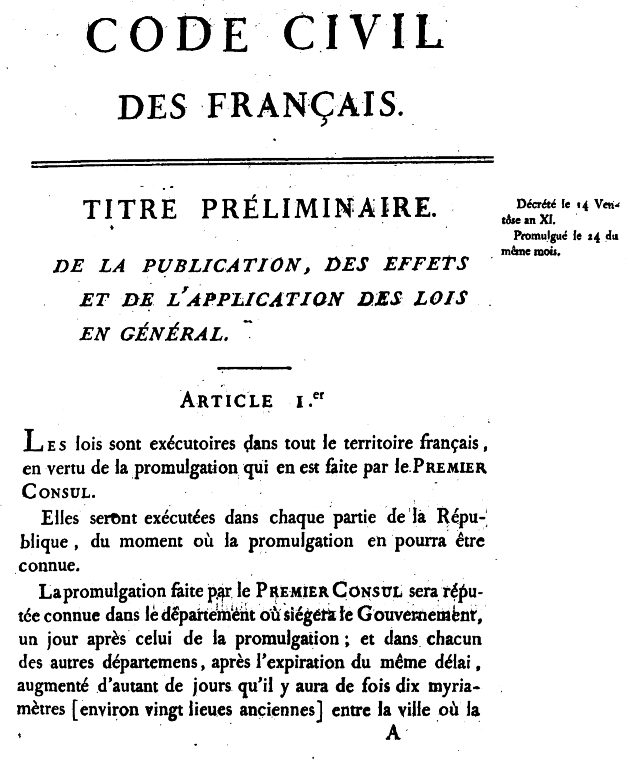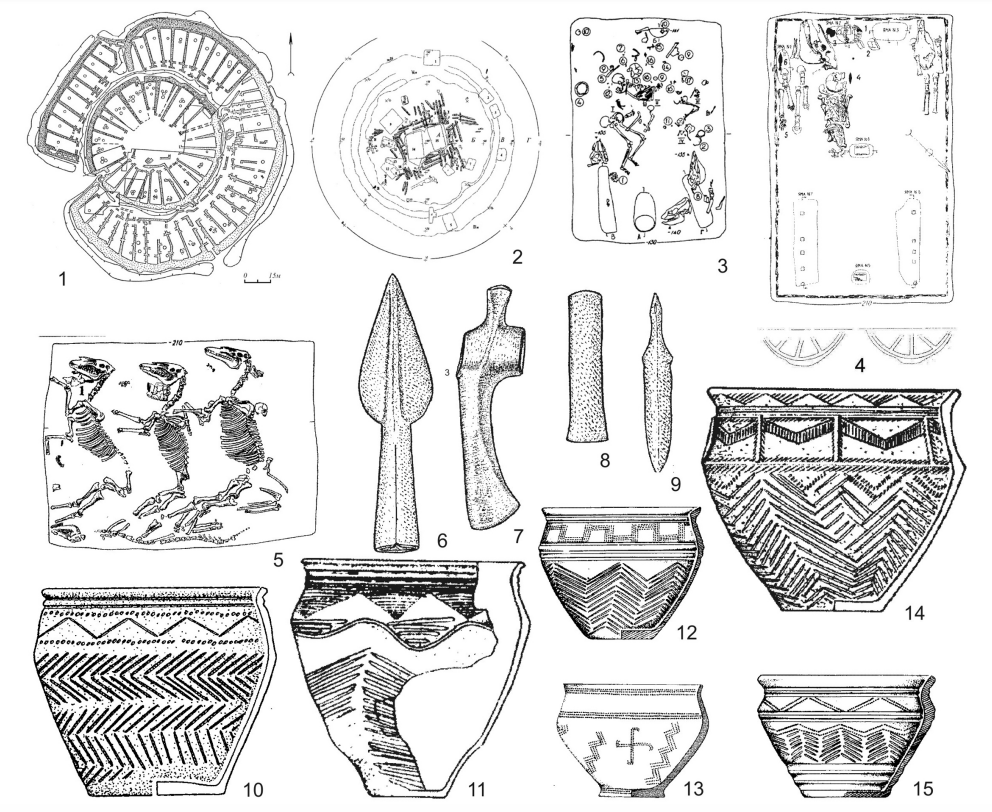|
Assyro-Babylonian Religion
Ancient Mesopotamian religion encompasses the Religion, religious beliefs (concerning the gods, Ancient near eastern cosmology, creation and the cosmos, the origin of man, and so forth) and practices of the civilizations of ancient Mesopotamia, particularly Sumer, Akkadian Empire, Akkad, Assyria and Babylonia between circa 6000 BC and 500 AD. The religious development of Mesopotamia and Mesopotamian culture in general, especially in the south, were not particularly influenced by the movements of the various peoples into and throughout the general area of West Asia. Rather, Mesopotamian religion was a consistent and coherent tradition, which adapted to the internal needs of its adherents over millennia of development. The earliest undercurrents of Mesopotamian religious thought are believed to have developed in Mesopotamia in the 6th millennium BC, coinciding with when the region began to be permanently settled with urban centres. The earliest evidence of Mesopotamian religion dat ... [...More Info...] [...Related Items...] OR: [Wikipedia] [Google] [Baidu] |
Marduk And Pet
Marduk (; cuneiform: Dingir, ᵈAMAR.UTU; Sumerian language, Sumerian: "calf of the sun; solar calf"; ) is a god from ancient Mesopotamia and patron deity of Babylon who eventually rose to prominence in the 1st millennium BC. In Babylon, Marduk was worshipped in the temple Esagila. His symbol is the spade and he is associated with the Mušḫuššu. By the 1st millennium BC, Marduk had become astrologically associated with the planet Jupiter. He was a prominent figure in ancient near eastern cosmology, Babylonian cosmology, especially in the Enūma Eliš creation myth. Name The name of Marduk was solely spelled as dAMAR.UTU in the Old Babylonian Period, although other spellings such as MES and dŠA.ZU were also in use since the Kassite Period. In the 1st millennium BC, the ideograms dŠU and KU were regularly used. The logogram for Adad is also occasionally used to spell Marduk. Texts from the Old Babylonian period support the pronunciation Marutu or ... [...More Info...] [...Related Items...] OR: [Wikipedia] [Google] [Baidu] |
East Semitic Languages
The East Semitic languages are one of three divisions of the Semitic languages. The East Semitic group is attested by three distinct languages, Akkadian, Eblaite and possibly Kishite, all of which have been long extinct. They were influenced by the non-Semitic Sumerian language and adopted cuneiform writing. East Semitic languages stand apart from other Semitic languages, which are traditionally called West Semitic, in a number of respects. Historically, it is believed that the linguistic situation came about as speakers of East Semitic languages wandered further east, settling in Mesopotamia during the 3rd millennium BC, as attested by Akkadian texts from this period. By the early 2nd millennium BC, East Semitic languages, in particular Akkadian, had come to dominate the region. Phonology Modern understanding of the phonology of East Semitic languages can be derived only from careful study of written texts and comparison with the reconstructed Proto-Semitic. Most striking ... [...More Info...] [...Related Items...] OR: [Wikipedia] [Google] [Baidu] |
Code Of Law
A code of law, also called a law code or legal code, is a systematic collection of statutes. It is a type of legislation that purports to exhaustively cover a complete system of laws or a particular area of law as it existed at the time the code was enacted, by a process of codification. Though the process and motivations for codification are similar in different common law and civil law systems, their usage is different. In a civil law country, a code of law typically exhaustively covers the complete system of law, such as civil law or criminal law. By contrast, in a common law country with legislative practices in the English tradition, codes modify the existing common law only to the extent of its express or implicit provision, but otherwise leaves the common law intact. In the United States and other common law countries that have adopted similar legislative practices, a code of law is a standing body of statute law on a particular area, which is added to, subtracted fr ... [...More Info...] [...Related Items...] OR: [Wikipedia] [Google] [Baidu] |
Astrology
Astrology is a range of Divination, divinatory practices, recognized as pseudoscientific since the 18th century, that propose that information about human affairs and terrestrial events may be discerned by studying the apparent positions of Celestial objects in astrology, celestial objects. Different cultures have employed forms of astrology since at least the 2nd millennium BCE, these practices having originated in Calendrical calculation, calendrical systems used to predict seasonal shifts and to interpret celestial cycles as signs of divine communications. Most, if not all, cultures have attached importance to what they observed in the sky, and some—such as the Hindu astrology, Hindus, Chinese astrology, Chinese, and the Maya civilization, Maya—developed elaborate systems for predicting terrestrial events from celestial observations. Western astrology, one of the oldest astrological systems still in use, can trace its roots to 19th–17th century BCE Mesopotamia, fr ... [...More Info...] [...Related Items...] OR: [Wikipedia] [Google] [Baidu] |
Astronomy
Astronomy is a natural science that studies celestial objects and the phenomena that occur in the cosmos. It uses mathematics, physics, and chemistry in order to explain their origin and their overall evolution. Objects of interest include planets, natural satellite, moons, stars, nebulae, galaxy, galaxies, meteoroids, asteroids, and comets. Relevant phenomena include supernova explosions, gamma ray bursts, quasars, blazars, pulsars, and cosmic microwave background radiation. More generally, astronomy studies everything that originates beyond atmosphere of Earth, Earth's atmosphere. Cosmology is a branch of astronomy that studies the universe as a whole. Astronomy is one of the oldest natural sciences. The early civilizations in recorded history made methodical observations of the night sky. These include the Egyptian astronomy, Egyptians, Babylonian astronomy, Babylonians, Greek astronomy, Greeks, Indian astronomy, Indians, Chinese astronomy, Chinese, Maya civilization, M ... [...More Info...] [...Related Items...] OR: [Wikipedia] [Google] [Baidu] |
Chariot
A chariot is a type of vehicle similar to a cart, driven by a charioteer, usually using horses to provide rapid Propulsion, motive power. The oldest known chariots have been found in burials of the Sintashta culture in modern-day Chelyabinsk Oblast, Russia, dated to c. 1950–1880 BC and are depicted on cylinder seals from Central Anatolia Region, Central Anatolia in Kültepe dated to c. 1900 BC. The critical invention that allowed the construction of light, horse-drawn chariots was the spoked wheel. The chariot was a fast, light, open, two-wheeled conveyance drawn by two or more Equidae, equids (usually horses) that were hitched side by side, and was little more than a floor with a waist-high guard at the front and sides. It was initially used for ancient warfare during the Bronze Age, Bronze and Iron Age, Iron Ages, but after its military capabilities had been superseded by Light cavalry, light and Heavy cavalry, heavy cavalries, chariots continued to be used for travel and t ... [...More Info...] [...Related Items...] OR: [Wikipedia] [Google] [Baidu] |
Wheel
A wheel is a rotating component (typically circular in shape) that is intended to turn on an axle Bearing (mechanical), bearing. The wheel is one of the key components of the wheel and axle which is one of the Simple machine, six simple machines. Wheels, in conjunction with axles, allow heavy objects to be moved easily facilitating movement or transportation while supporting a load, or performing labor in machines. Wheels are also used for other purposes, such as a ship's wheel, steering wheel, potter's wheel, and flywheel. Common examples can be found in transport applications. A wheel reduces friction by facilitating motion by rolling together with the use of axles. In order for a wheel to rotate, a Moment (physics), moment must be applied to the wheel about its axis, either by gravity or by the application of another external force or torque. Terminology The English word '':wikt:wheel, wheel'' comes from the Old English word , from Proto-Germanic language, Proto-Germanic , ... [...More Info...] [...Related Items...] OR: [Wikipedia] [Google] [Baidu] |
Mathematics
Mathematics is a field of study that discovers and organizes methods, Mathematical theory, theories and theorems that are developed and Mathematical proof, proved for the needs of empirical sciences and mathematics itself. There are many areas of mathematics, which include number theory (the study of numbers), algebra (the study of formulas and related structures), geometry (the study of shapes and spaces that contain them), Mathematical analysis, analysis (the study of continuous changes), and set theory (presently used as a foundation for all mathematics). Mathematics involves the description and manipulation of mathematical object, abstract objects that consist of either abstraction (mathematics), abstractions from nature orin modern mathematicspurely abstract entities that are stipulated to have certain properties, called axioms. Mathematics uses pure reason to proof (mathematics), prove properties of objects, a ''proof'' consisting of a succession of applications of in ... [...More Info...] [...Related Items...] OR: [Wikipedia] [Google] [Baidu] |
Upper Mesopotamia
Upper Mesopotamia constitutes the Upland and lowland, uplands and great outwash plain of northwestern Iraq, northeastern Syria and southeastern Turkey, in the northern Middle East. Since the early Muslim conquests of the mid-7th century, the region has been known by the traditional Arabic name of ''al-Jazira'' ( "the island", also transliterated ''Djazirah'', ''Djezirah'', ''Jazirah'') and the Syriac language, Syriac variant ''Gāzartā'' or ''Gozarto'' (). The Euphrates and Tigris rivers transform Mesopotamia into almost an island, as they are joined together at the Shatt al-Arab in the Basra Governorate of Iraq, and their sources in eastern Turkey are in close proximity. The region extends south from the mountains of Anatolia, east from the hills on the left bank of the Euphrates river, west from the mountains on the right bank of the Tigris river and includes the Sinjar plain. It extends down the Tigris to Samarra and down the Euphrates to Hit, Iraq. The Khabur (Euphrates), Khab ... [...More Info...] [...Related Items...] OR: [Wikipedia] [Google] [Baidu] |
Ubaid Period
The Ubaid period (c. 5500–3700 BC) is a prehistoric period of Mesopotamia. The name derives from Tell al-'Ubaid where the earliest large excavation of Ubaid period material was conducted initially in 1919 by Henry Hall, Leonard Woolley in 1922-1923, and later by Pinhas Delougaz in 1937.P. Delougaz, "A Short Investigation of the Temple at Al-’Ubaid", Iraq, vol. 5, pp. 1–11, 1938 Excavations continue into the present day. In Southern Mesopotamia, this period marks the earliest known human settlements on the alluvial plain, although it is likely earlier periods exist that are obscured under the alluvium. In the south it has a very long duration between about 5500 and 3800 BC when it is replaced by the Uruk period. In Northern Mesopotamia the period runs only between about 5300 and 4300 BC. It is preceded by the Halaf period and the Halaf-Ubaid Transitional period and succeeded by the Late Chalcolithic period. History of research The excavators of Eridu and Tell ... [...More Info...] [...Related Items...] OR: [Wikipedia] [Google] [Baidu] |
Monarchy
A monarchy is a form of government in which a person, the monarch, reigns as head of state for the rest of their life, or until abdication. The extent of the authority of the monarch may vary from restricted and largely symbolic (constitutional monarchy), to fully autocratic (absolute monarchy), and may have Political representation, representational, Executive (government), executive, legislative, and judicial functions. The Order of succession, succession of monarchs has mostly been Hereditary monarchy, hereditary, often building dynasties; however, monarchies can also be elective monarchy, elective and Self-proclaimed monarchy, self-proclaimed. Aristocracy (class), Aristocrats, though not inherent to monarchies, often function as the pool of persons from which the monarch is chosen, and to fill the constituting institutions (e.g. Diet (assembly), diet and Royal court, court), giving many monarchies oligarchic elements. The Legitimacy (political)#Monarchy, political legitim ... [...More Info...] [...Related Items...] OR: [Wikipedia] [Google] [Baidu] |
City-state
A city-state is an independent sovereign city which serves as the center of political, economic, and cultural life over its contiguous territory. They have existed in many parts of the world throughout history, including cities such as Rome, Carthage, Athens and Sparta and the Italian city-states during the Middle Ages and Renaissance, such as Florence, Venice, Genoa and Milan. With the rise of nation states worldwide, there remains some disagreement on the number of modern city-states that still exist; Singapore, Monaco and Vatican City are the candidates most commonly discussed. Out of these, Singapore is the largest and most populous, and is generally considered to be the last real city-state left in the world, with full sovereignty, international borders, its own currency, a robust military, and substantial international influence in its own right. ''The Economist'' refers to it as the "world's only fully functioning city-state". Several non-sovereign cities enjoy a ... [...More Info...] [...Related Items...] OR: [Wikipedia] [Google] [Baidu] |











